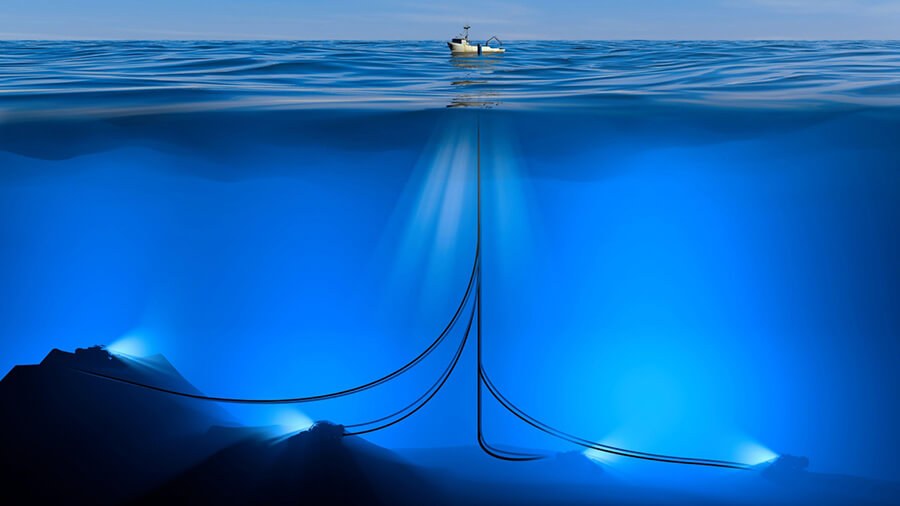

- Details
- Published on 14 August 2024
(Credit: Naeblys / Alamy Stock Photo)
The law, which only covers three miles out from land, pits lawmakers against countries looking to divide the world's seabed through the Law of the Sea for mining that threatens the environment and subsea cable networks.
Opposition to deep seabed mining got a shot in the arm this week when Hawaii’s Governor Josh Green signed a bill into law prohibiting the mining, extraction, and the removal of minerals in the state’s waters. The issue is of note to IT managers, because while deep seabed mining could threaten the environment, it could also potentially impact subsea cables, and the subsea fiber optic communications network that the world relies upon.
The flashpoint issue comes as most countries have already signed onto the United Nations “Law of the Sea Treaty” designed to give signatories access to part of the world’s sea bottom for deep sea mining of metals. The U.S. has not signed the treaty despite strong interest dating back decades.
A grassroots organization drove the creation and approval of the bill, which notably only covers waters three miles out from Hawaiian shores.
“The Surfrider Foundation is grateful to see our Hawai’i state legislators step up and support the critical work needed to protect our deep-sea ecosystems. Senate Bill 2575 will provide crucial protection for Hawaii’s marine environment, fisheries, and tourism-related economy. The bill also sends a powerful global message about the importance of preventing the destructive practice of seabed mining,” said Lauren Blickley, Surfrider’s Hawaiʻi Regional Manager.
Related: Deep Seabed Mining a Threat to Global Subsea Cable Network Safety, Environment
The Surfrider Foundation is a nonprofit grassroots organization dedicated to the protection and enjoyment of our world’s ocean, waves, and beaches for all people through a powerful activist network. The group claims it has helped pass laws in Washington and California to ban seabed mining in state waters.
What’s seabed mining?
Seabed mining involves industrial-scale prospecting for metals and other minerals along the ocean floor. “Such activity can damage marine habitats that nurture commercially and recreationally important fish and other species,” explained Blickley. Seabed mining can also create sediment clouds in the water column that smother or negatively impact the feeding and reproduction of marine life, including plankton, groundfish, and forage fish. These sediment clouds and the associated noise of seabed mining can also harm whales, dolphins, and other marine mammals.
Is three miles enough?
Those interested in deep seabed mining have already identified mineral rich areas and in many cases, have already landed licenses from the global group to access the areas of their interest, which likely do not reach close to countries’ shorefronts. The United Nations has designated the International Seabed Authority to govern activities, but some claim they have only limited authority.
What is the Law of the Sea?
Those in favor of deep seabed mining, the 268 countries and the European Union, have been looking to open a subsea front for precious mineral access. Those countries, including China, have signed onto the United Nations Convention on the Law of the Sea (UNCLOS) treaty, which allows for the division of the international seabed.
U.S. Government Action Urged
The Surfriders group wants more and more far-reaching protections. “The time has come for the U.S. government to take a leadership role on the global stage by pushing for a moratorium on seabed mining in international waters until a suitable regulatory framework is established.”
Related articles:

